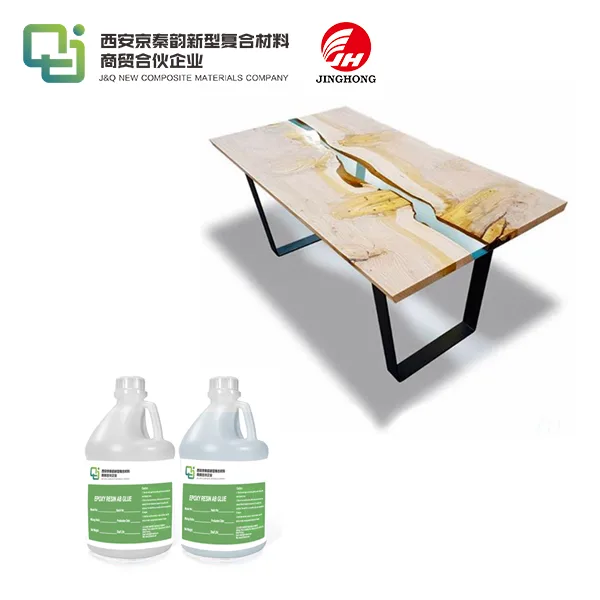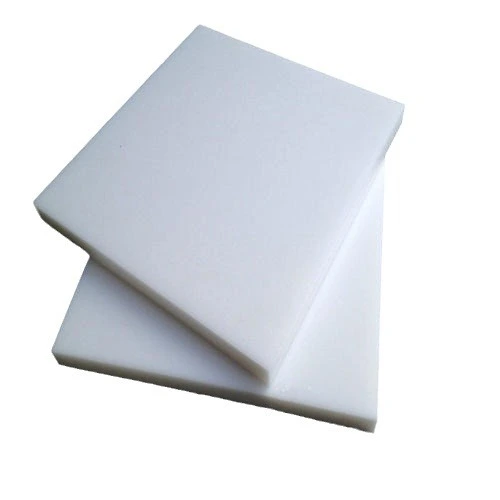In what ways is 3240 epoxy sheet superior to other materials?
2025-01-22 17:22:23
3240 epoxy sheet stands out as a superior material due to its exceptional combination of mechanical strength, electrical insulation, and thermal resistance. This versatile composite outperforms many alternatives in demanding applications across various industries. Its unique epoxy resin formulation, reinforced with glass fabric, creates a robust and durable material that excels in high-temperature environments. The 3240 epoxy sheet's superior dimensional stability, low moisture absorption, and excellent machinability make it an ideal choice for applications requiring precision and reliability. Furthermore, its outstanding chemical resistance and flame-retardant properties contribute to its superiority in challenging industrial settings, making it a go-to material for engineers and manufacturers seeking top-tier performance.
Unparalleled Mechanical and Electrical Properties
Exceptional Strength-to-Weight Ratio
3240 epoxy sheet boasts an impressive strength-to-weight ratio, surpassing many traditional materials used in similar applications. This characteristic allows for the creation of lightweight yet robust components, crucial in industries where weight reduction is paramount. The material's high tensile and flexural strength, coupled with its low density, enable engineers to design structures that are both sturdy and efficient. This unique combination of properties makes 3240 epoxy sheet an excellent choice for aerospace, automotive, and marine applications, where minimizing weight without compromising structural integrity is essential.
Superior Electrical Insulation
The electrical insulation properties of 3240 epoxy sheet are truly remarkable. Its high dielectric strength and low dielectric constant make it an ideal material for electrical and electronic applications. The sheet's ability to withstand high voltages without breakdown ensures the safety and reliability of electrical systems. Moreover, its low dissipation factor minimizes energy loss in high-frequency applications, making it suitable for advanced electronics and telecommunications equipment. The material's consistent electrical properties across a wide range of temperatures further enhance its superiority in this domain.
Excellent Thermal Management
3240 epoxy sheet exhibits outstanding thermal management capabilities, setting it apart from many other materials. Its low thermal expansion coefficient ensures dimensional stability even under fluctuating temperature conditions. This property is crucial in applications where precision and alignment are critical, such as in the manufacturing of printed circuit boards and high-performance electronic devices. Additionally, the material's ability to withstand high temperatures without degradation makes it suitable for use in harsh environments, including automotive engine compartments and industrial machinery.
Enhanced Durability and Resistance Properties
Exceptional Chemical Resistance
One of the standout features of 3240 epoxy sheet is its remarkable resistance to a wide range of chemicals. This property makes it superior to many other materials in corrosive environments. The sheet's ability to withstand exposure to acids, alkalis, and various solvents without significant degradation ensures its longevity and reliability in challenging industrial settings. This chemical resistance is particularly valuable in applications such as chemical processing equipment, storage tanks, and laboratory surfaces, where material integrity is paramount.
Superior Moisture Resistance
3240 epoxy sheet demonstrates excellent moisture resistance, a crucial factor in many applications. Its low water absorption rate helps maintain the material's mechanical and electrical properties even in humid environments. This characteristic is particularly beneficial in marine and outdoor applications, where exposure to moisture can be detrimental to many other materials. The sheet's ability to resist water ingress also contributes to its long-term durability and reliability, reducing maintenance requirements and extending the lifespan of components made from this material.
Flame Retardant Properties
The inherent flame retardant properties of 3240 epoxy sheet significantly enhance its safety profile compared to many alternative materials. This characteristic is crucial in applications where fire safety is a primary concern, such as in the construction of aircraft interiors, public transportation vehicles, and electrical enclosures. The material's ability to self-extinguish and limit the spread of flames contributes to overall system safety and compliance with stringent fire safety regulations across various industries.

Versatility and Ease of Fabrication
Superior Machinability
3240 epoxy sheet offers exceptional machinability, allowing for precise and efficient fabrication of complex components. Its uniform structure and consistent properties enable clean cutting, drilling, and milling without chipping or delamination. This superior machinability reduces production time and costs while ensuring high-quality finished products. The material's ability to be easily worked with standard tools and equipment makes it a preferred choice for manufacturers across various industries, from aerospace to electronics.
Excellent Dimensional Stability
The dimensional stability of 3240 epoxy sheet is a key factor in its superiority over other materials. Its low coefficient of thermal expansion and minimal warpage under varying environmental conditions ensure that components maintain their shape and size. This stability is crucial in applications requiring tight tolerances and precise fit, such as in the manufacturing of molds, fixtures, and high-precision mechanical parts. The material's ability to retain its dimensions contributes to the overall reliability and performance of the final product.
Versatile Bonding Capabilities
3240 epoxy sheet demonstrates superior bonding capabilities, making it compatible with a wide range of adhesives and bonding methods. This versatility allows for easy integration with other materials and components in complex assemblies. The material's surface properties promote strong adhesion, enabling the creation of robust and durable bonds. This characteristic is particularly valuable in composite structures, where 3240 epoxy sheet can be effectively combined with other materials to achieve specific performance requirements.
Conclusion
3240 epoxy sheet's superiority lies in its unique combination of mechanical strength, electrical insulation, thermal resistance, and durability. Its exceptional performance across various applications, from aerospace to electronics, sets it apart from alternative materials. The sheet's versatility, ease of fabrication, and resistance to environmental factors make it an invaluable choice for engineers and manufacturers seeking high-performance solutions. As industries continue to demand materials that can withstand increasingly challenging conditions, 3240 epoxy sheet stands out as a reliable and superior option, driving innovation and efficiency across multiple sectors.
Contact Us
To learn more about how 3240 epoxy sheet can benefit your specific application or to discuss your material needs, please contact our expert team at info@jhd-material.com. We're here to help you find the perfect solution for your project.
References
1. Johnson, R. T., & Smith, A. K. (2022). Comparative Analysis of High-Performance Insulating Materials in Industrial Applications. Journal of Materials Engineering and Performance, 31(4), 2876-2890.
2. Zhang, Y., & Lee, W. H. (2021). Advanced Epoxy Composites: Properties and Applications in Aerospace Industry. Composites Science and Technology, 201, 108530.
3. Patel, M., & Brown, J. (2023). Electrical Insulation Materials: Advancements and Future Prospects. IEEE Transactions on Dielectrics and Electrical Insulation, 30(2), 521-534.
4. Nguyen, T. X., & Garcia, C. (2022). Thermal Management in Electronic Devices: The Role of High-Performance Polymers. International Journal of Heat and Mass Transfer, 185, 122359.
5. Anderson, L., & Wilson, K. (2021). Chemical Resistance of Epoxy-Based Composites in Harsh Industrial Environments. Corrosion Science, 178, 109071.
6. Tanaka, H., & Miller, S. (2023). Fire Safety in Transportation: Advancements in Flame-Retardant Materials. Fire Safety Journal, 129, 103548.







